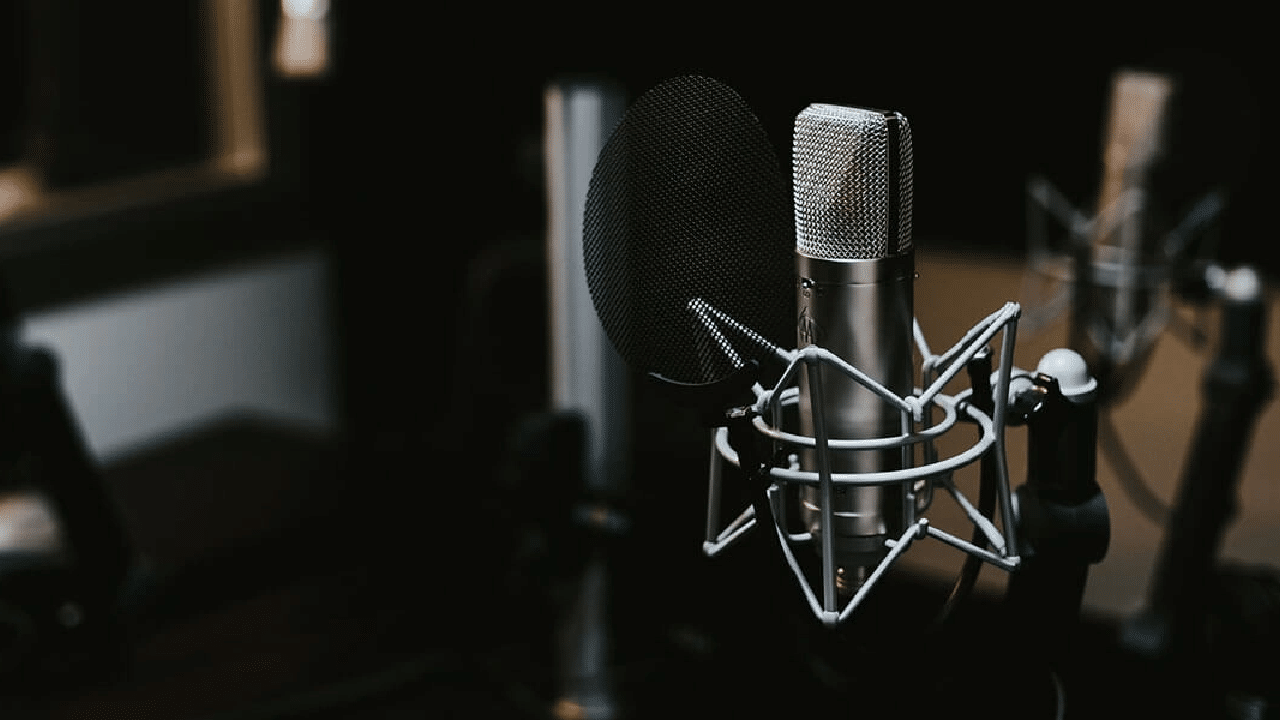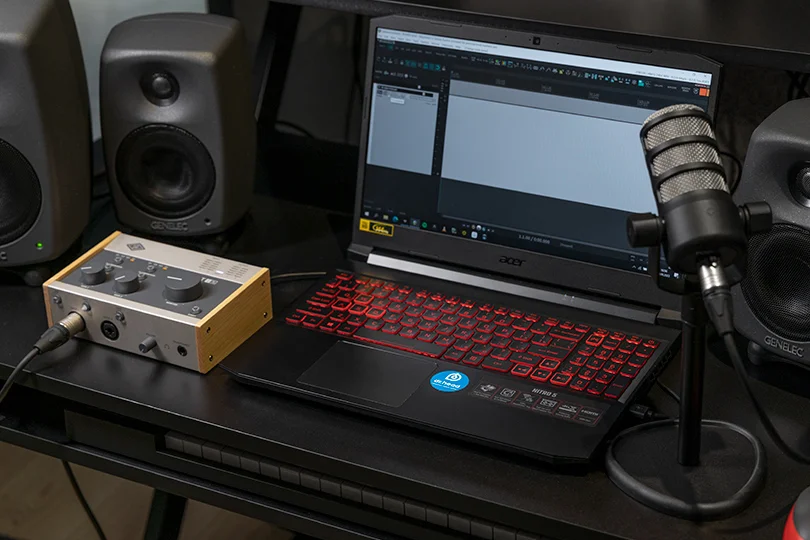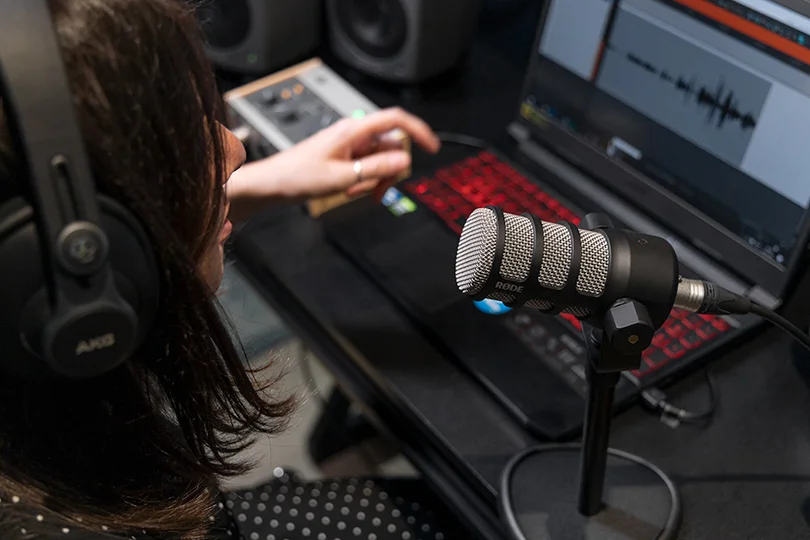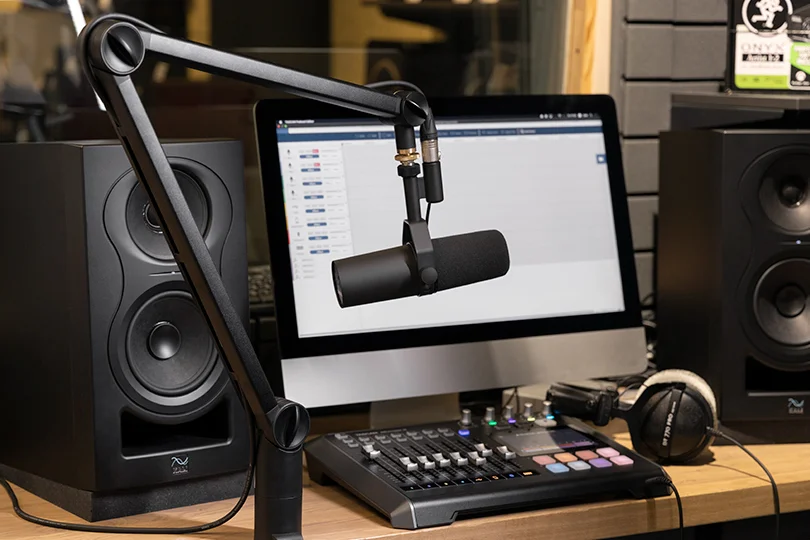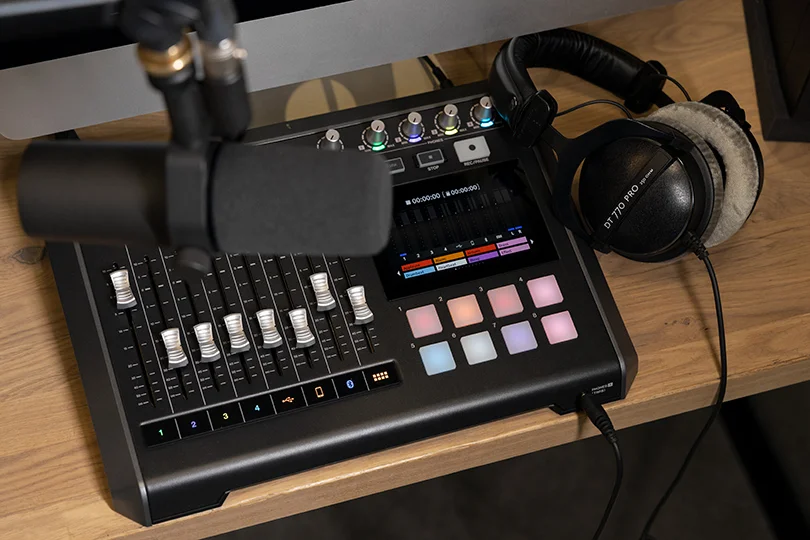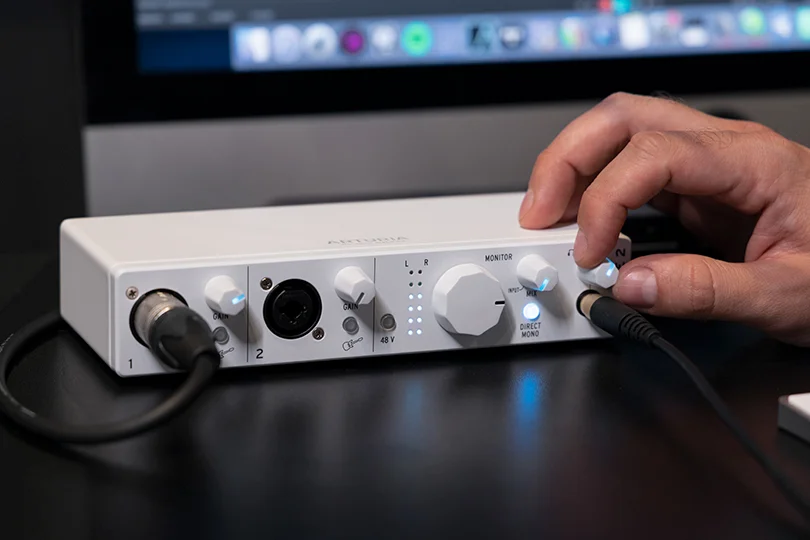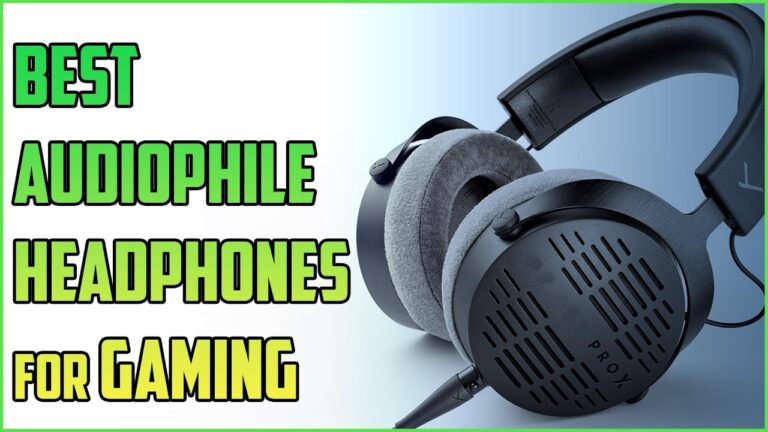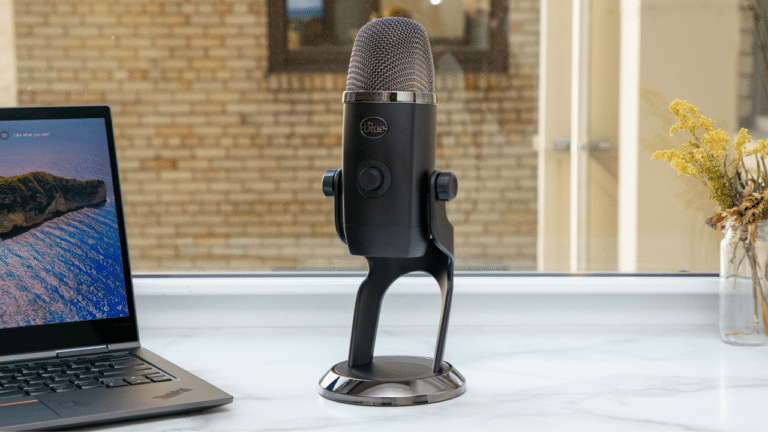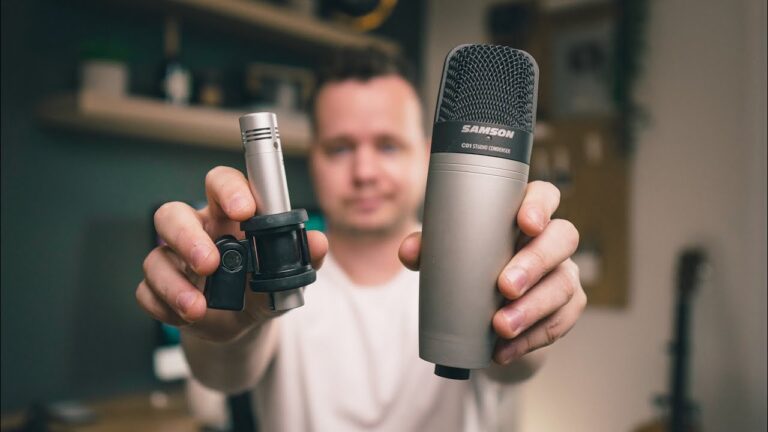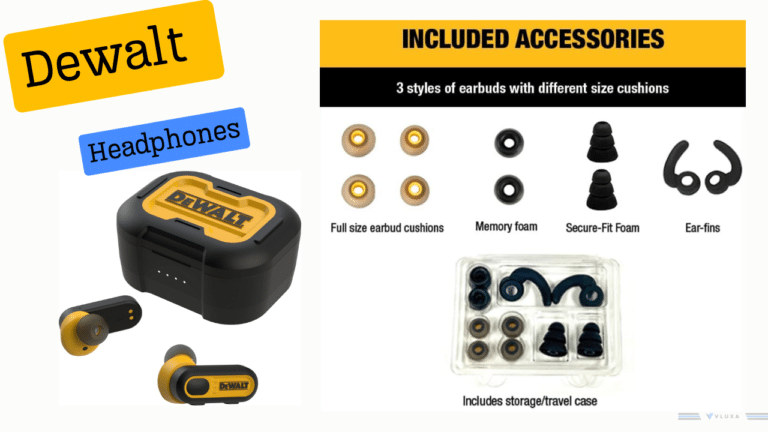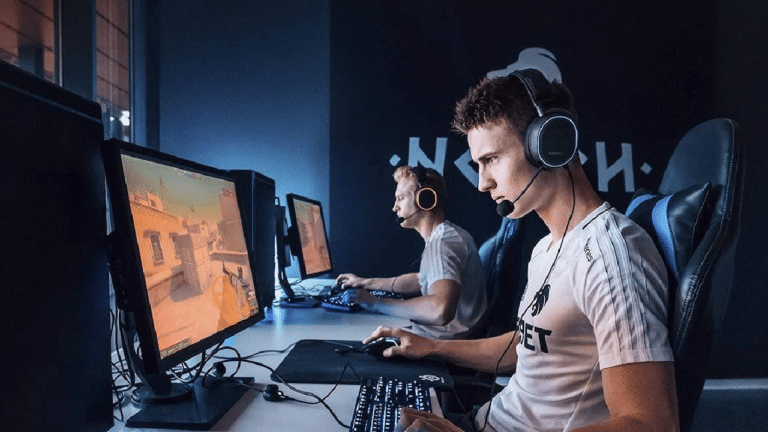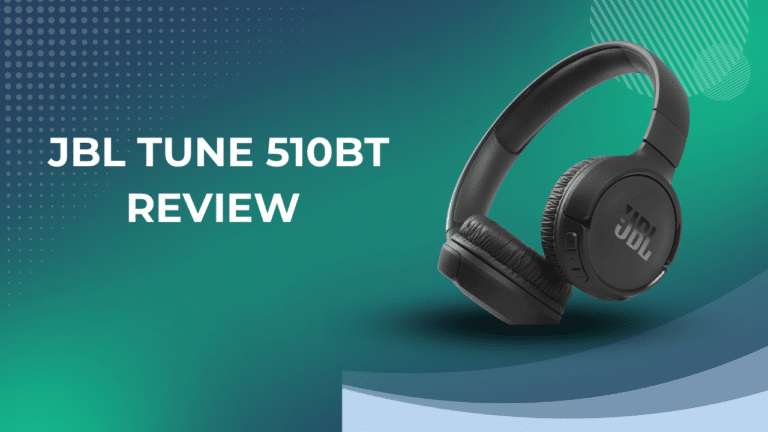In a podcast, unlike a video, the listener’s entire attention is drawn to the speaker’s voice, so sound quality is one of the defining moments. We thought about the technical side of the issue and prepared a guide to the equipment you will need to record high-quality audio in a podcast. But first, we need to answer an critical question.
What podcast format are you planning?
Podcasts can range in complexity, from single-host codecs to interviews with more than one audio system and co-hosts.. Perhaps you would like to organize a webinar? Setups for different work scenarios will differ primarily quantitatively. For example, if you plan to record several participants, then one microphone and a pair of headphones will not be enough.
An approximate set of equipment for a podcast looks like this:
- Computer
- Microphone (for broadcasting)
- Monitor headphones
- Pantograph
- Audio Interface/Podcast Station
- Connecting cables
This list can be expanded depending on the objectives of the podcast and its scale.
Computer
The first and most obvious device for podcasting. After all, it is on the computer that audio editing and processing takes place. Recording a podcast isn’t as stressful to your computer’s hardware as expert audio production, so you can use what you already have.
However, a weak laptop will put a spoke in the wheels at every stage of work: programs and applications will take a long time to launch, and basic operations with sound will take a lot of time.
Microphones
Please forget that your smartphone and laptop have built-in microphones – they are not capable of transmitting high-quality sound in a podcast. With the growing popularity of the genre, listeners have become very picky and demanding, so a podcast with poor sound can easily turn off.
To record high-quality sound, you will need a separate microphone. For podcasts, dynamic models are more often used. Most new podcasters choose USB microphones like Tula Microphones because they’re easy to plug straight into your computer and start recording. This is a good option to start with, but for greater flexibility, we recommend considering classic models that require an audio interface.
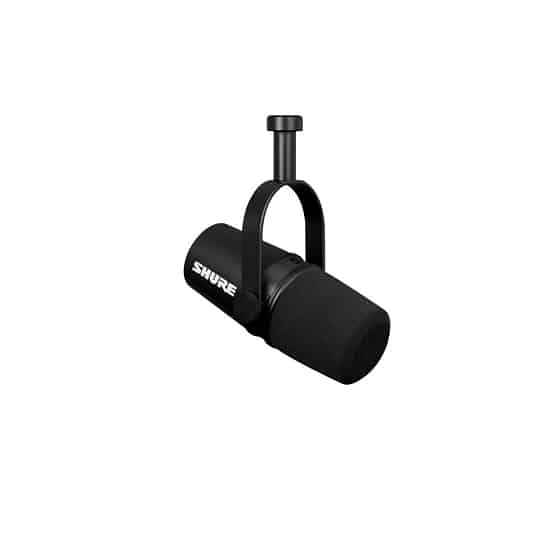
A relative of the legendary SM7B broadcast microphone. The MV7X model is valued for its reliability and natural voice transmission. The microphone body has an internal noise reduction system that cuts out ambient background noise. Cardioid pickup also allows you to record clear speech regardless of ambient noise.
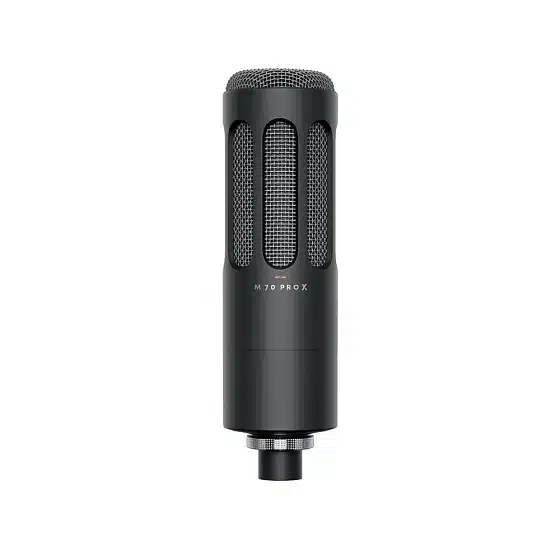
A dynamic microphone from one of the most recognizable brands in the professional community. The model is fully optimized to convey natural speech timbre without extraneous noise or interference. And the cardioid pattern allows you to capture only the speaker’s voice, ignoring the surrounding space.
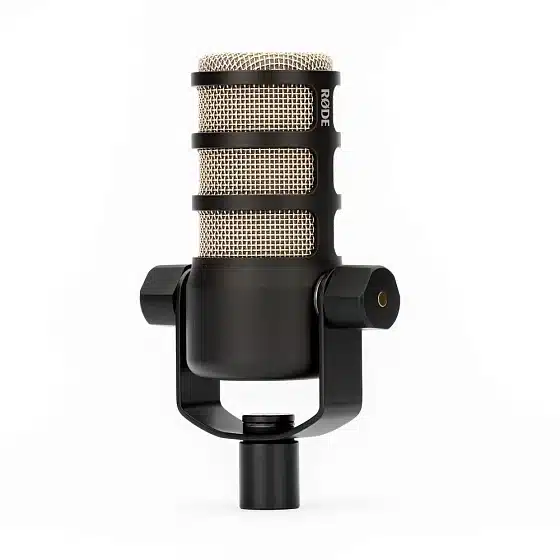
Rode PodMic Cardioid Dynamic Broadcast Microphone
Microphone for streaming and gaming
The microphone is designed specifically for recording podcasts and is fully optimized for working with voice. It has a built-in pop filter that cuts out harsh “explosive” sounds.
Pantographs and stands
These devices will help you position your microphone comfortably at your desk so you don’t have to lean forward or down.
You can start with a K&M brand pantograph, but if you need more flexibility in microphone installation, you can go with the Blue Compass.
This pantograph will not take up much space on the table and will allow you to quickly move the microphone without unnecessary complications.
Many USB microphones come with tabletop stands, which are practical but not very effective. Sensitive microphones on the stand will pick up touches on the table, adding bass notes to the sound.
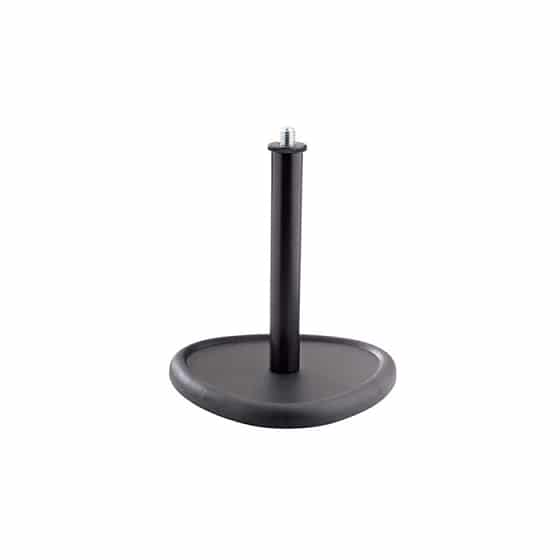
Headphones
When recording a podcast, you control the sound through your headphones—they act as monitors. It may seem strange at first to hear your own voice through headphones, but it is the best way to control the quality of the sound. Headphones will help you understand what volume level and microphone sensitivity are needed when recording. They can save a lot of takes.
To record podcasts, it is better to use closed headphones, since the sound from them does not penetrate into the surrounding area and the microphone. We have selected several models for the optimal balance of reliability and sound quality.
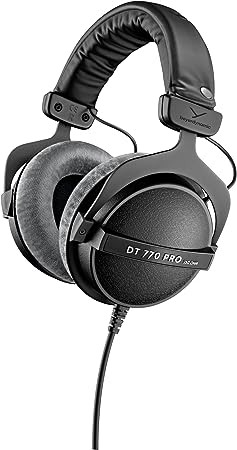
Beyerdynamic DT 770 PRO. Legendary German headphones, which for almost 40 years on the market have gained a reputation as indestructible. Their reliability is amazing: almost every element – from the headband to the ear pads – can be replaced to use the DT 770 Pro for another couple of decades.
Audio interface
This device has a place not only in professional recording studios, but also in a home setup. The audio interface serves as a bridge that carries audio signals from the microphone to the computer. Inside this box, the sound is converted into digital form for further processing in applications. As mentioned earlier, USB microphones can be connected directly to a computer without using an interface, but for convenience you will have to pay some quality component.
Typically, a separate sound card is equipped with more powerful amplifiers for headphones and microphones. In addition, the interface can be selected based on studio tasks: for some, one microphone input will be enough, but for others, even five will not be enough. Add to this the ability to connect musical instruments and we get a universal recording station. We have multiple top options.ave a couple of good options.
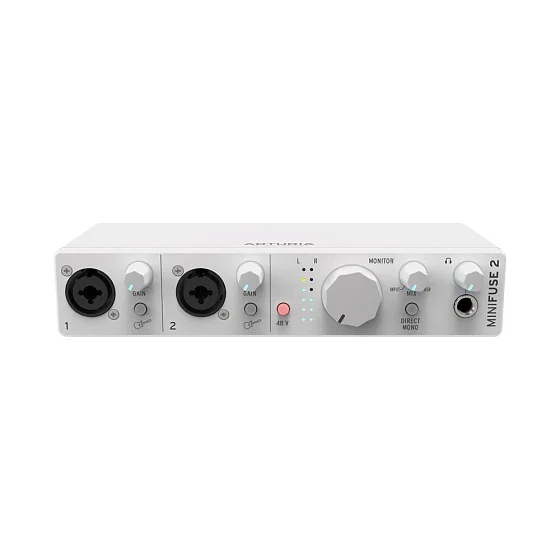
External audio interface with two combo inputs for connecting microphones, electric guitars and other instruments. On the back of the case there are connectors for a MIDI keyboard – they are rarely found in budget models.
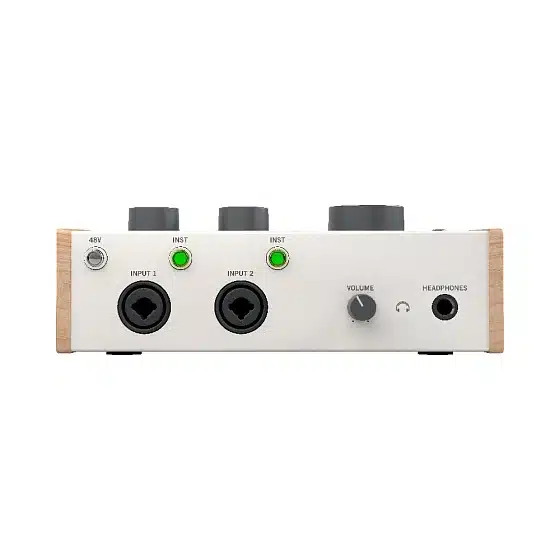
Interface with an amplifier for professional studio-grade microphones. Volt 276 has a special emulation of tube sound, which gives the voice a more velvety sound. The audio interface is very photogenic, you want to place it in the frame during the stream.
Podcast station
These devices appeared on the market not long ago, but have become popular due to their wide capabilities. A mixer, an audio interface, a recording station and even a sampler were combined into one device. The podcast station is suitable for those who plan podcasts and live broadcasts with several speakers at the same time. We have selected a couple of current options.
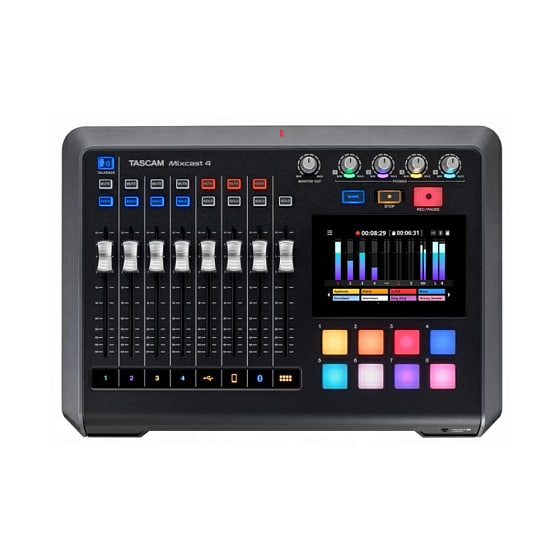
A universal station for recording and mixing podcasts. You can simultaneously connect four microphones and other sound sources, for example, a smartphone or a synthesizer. Even if you don’t have a computer at hand, Mixcast 4 is capable of multi-track recording. This is a mobile solution that you can always take with you.
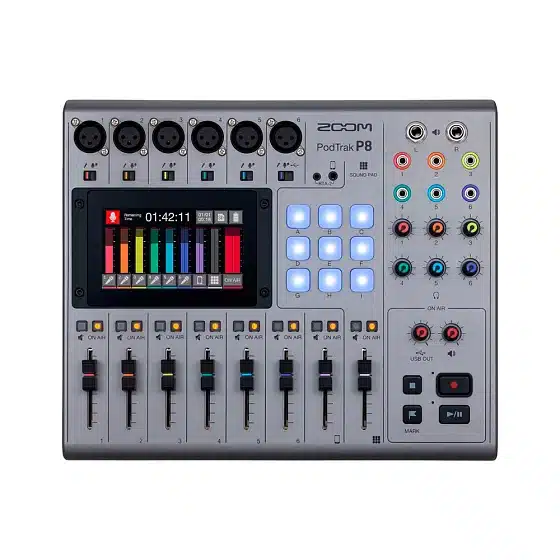
A station that will be an excellent option not only for home podcasting, but also for a radio broadcast studio. You can connect six microphones and the same number of pairs of headphones to it simultaneously. The user can make a recording and edit it directly in the station. Also, Zoom P8 will be an excellent “hiking” option thanks to its built-in battery.
Cables
Cables are required to connect microphones, audio interfaces, and other recording devices. The most common type of recording cables is balanced with XLR and Jack connectors. We suggest using reliable Klotz and Adam Hall cables.
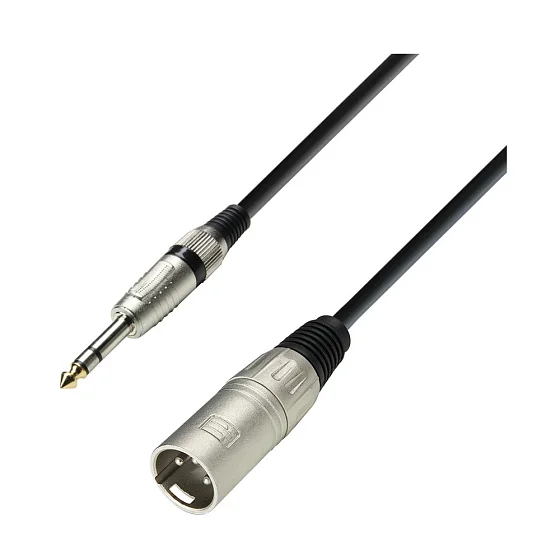
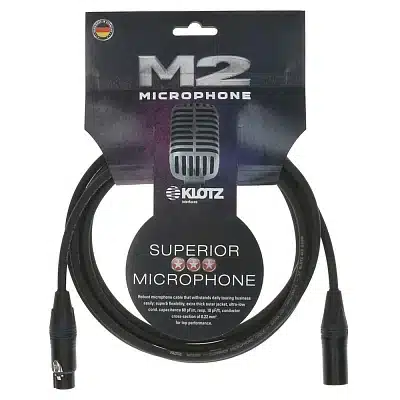
Organizing your podcast technically is not that easy. However, our experts can always help with choosing the right equipment.
